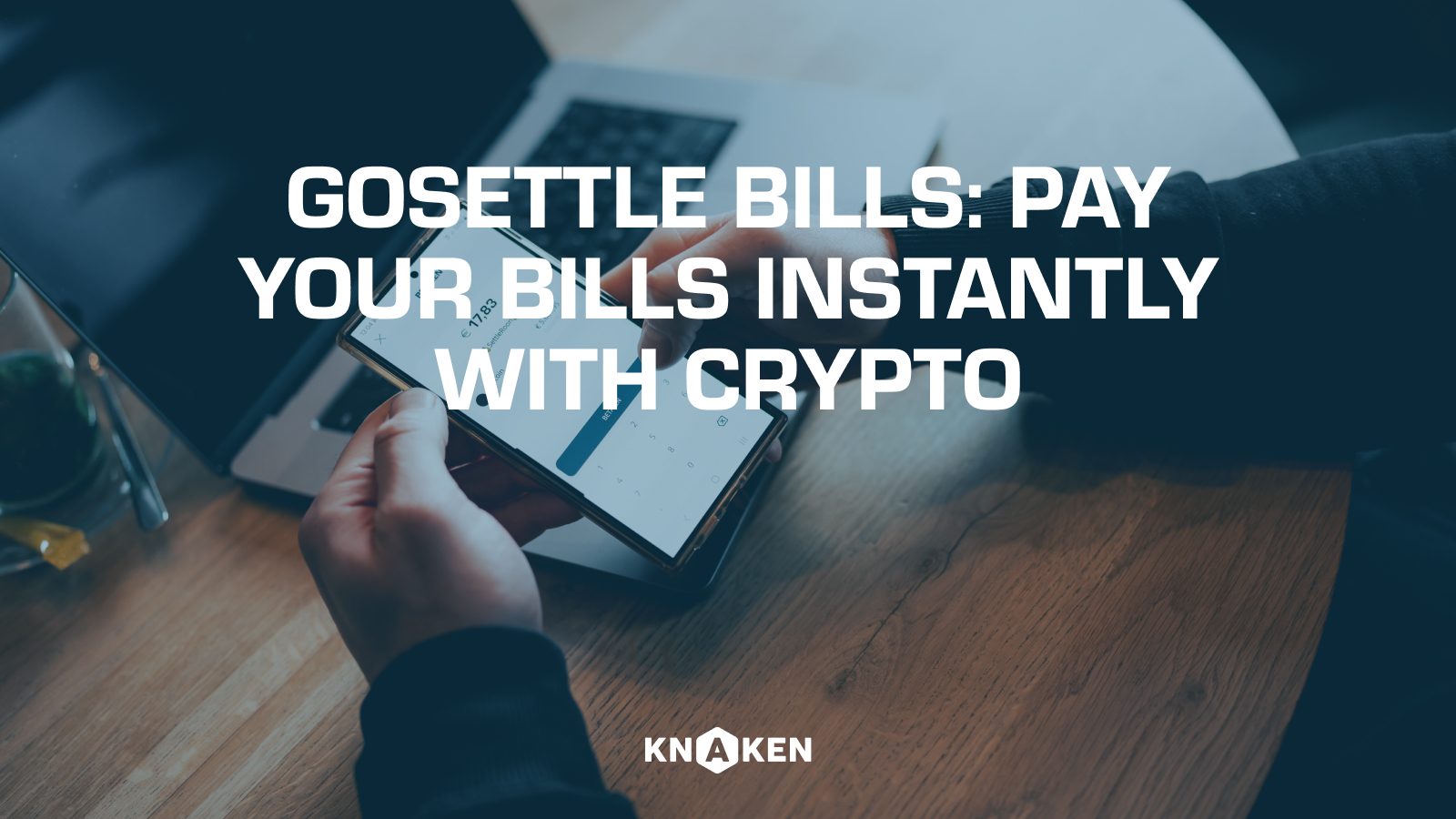Minting in Cryptocurrency
Overview of Minting
Minting in the context of cryptocurrency refers to the process of creating new tokens or coins and adding them to an existing blockchain network. Unlike traditional minting of physical currency, which is done by government authorities, cryptocurrency minting can be executed by anyone with access to the necessary technology and computing power. The term is primarily associated with blockchains that utilize mechanisms such as Proof of Stake (PoS) or Delegated Proof of Stake (DPoS).
How Minting Works
Minting operates through a complex gradient of algorithms and consensus mechanisms. The process generally involves the following steps:
- Selection of Validator: In PoS systems, validators are chosen based on the number of coins they hold and are willing to “stake” as collateral.
- Creation of New Blocks: Once designated, the selected validators generate new blocks and can mint new coins as a reward for their contribution to network security.
- Transaction Validation: Alongside minting, validators also validate transactions occurring on the network, ensuring the integrity and reliability of the blockchain.
- Reward Distribution: Newly minted coins are awarded to validators, providing them with an incentive to maintain the network.
Differences from Mining
While minting and mining are often confused, they represent distinct processes within cryptocurrency ecosystems. Key differences include:
- Energy Consumption: Mining, particularly in Proof of Work (PoW) systems, requires substantial computational resources and energy, whereas minting through PoS is considerably more energy-efficient.
- Participation Model: Mining typically involves competing against others to solve complex mathematical problems, while minting rewards users who own and stake their coins.
- Token Creation: Minting creates new tokens directly as a part of the block formation process, while mining validates existing transactions and earns rewards in the form of transaction fees and newly created tokens.
Types of Minting
There are several types of minting processes in the cryptocurrency space, each with unique features:
- Traditional Minting: Commonly associated with platforms like Ethereum 2.0 and Cardano, this form of minting occurs through staking and supports the blockchain as part of the consensus process.
- Minting via Smart Contracts: Smart contracts can also enforce minting, allowing specific conditions for the creation of tokens, seen in protocols like ERC-20 and ERC-721 for NFTs.
- Minting on Layer 2 Solutions: Layer 2 scaling solutions can offer enhanced minting options by creating additional layers on the primary blockchain without congesting the main chain.
Importance of Minting
Minting plays an essential role in the sustainability and growth of blockchain networks. Its significance can be outlined as follows:
- Encouragement of Stakeholding: By allowing users to mint through staking, networks encourage users to hold onto their tokens rather than selling them, promoting stability.
- Network Security: As validators stake their coins to mint, they have a vested interest in the security and reliability of the network, reducing the likelihood of malicious attacks.
- Inflation Control: Minting can help manage the inflation of tokens through controlled issuance rates, directly impacting the economic model of the cryptocurrency.
Challenges and Criticism of Minting
Despite its benefits, minting presents certain challenges and criticisms:
- Centralization Risks: In some PoS systems, users with larger stakes might dominate the minting process, leading to centralization concerns.
- Stakeholder Barriers: Users lacking sufficient funds to stake may feel excluded from the minting process, potentially leading to inequality.
- Regulatory Scrutiny: As minting practices gain traction, they may attract regulatory scrutiny and compliance requirements from governing bodies.
Conclusion
Minting is a pivotal process in the world of cryptocurrency, enabling the creation of new tokens and supporting the integrity of blockchain networks. As the cryptocurrency landscape evolves, understanding minting, its mechanisms, and its implications will remain essential for both novice and experienced users alike. With ongoing innovations in blockchain technology, the future of minting is likely to see further transformations, impacting how cryptocurrencies are issued, circulated, and traded.


















